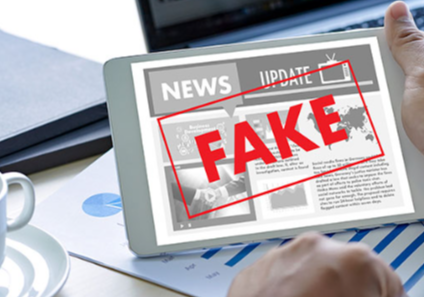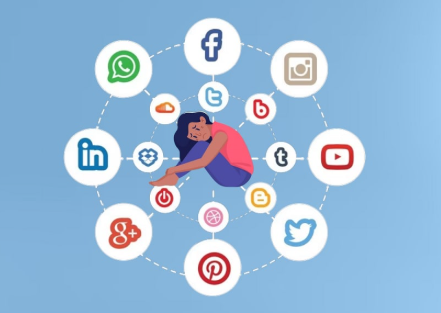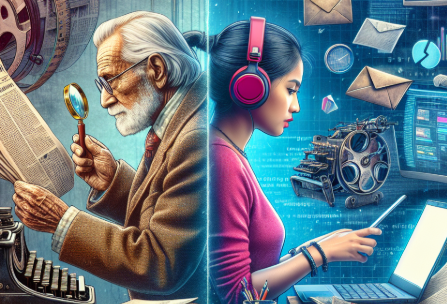Understanding Fake News: How to Spot Misinformation Online
In the age of information overload, distinguishing between credible news and fake news has become increasingly challenging. Fake news often employs sensational headlines and exaggerated claims to manipulate emotions and create urgency. Understanding these characteristics is essential for navigating the digital landscape. Tools like fact-checking websites can aid verification, but individuals must also hone their critical evaluation skills. What strategies can one employ to effectively identify and combat misinformation in their daily encounters?
The Characteristics of Fake News
Fake news, a pervasive threat to informed discourse, often exhibits distinctive characteristics that set it apart from credible journalism.
One prominent feature is the use of sensational headlines designed to provoke immediate emotional responses, drawing readers in with exaggerated claims. These headlines frequently prioritize shock value over factual accuracy, creating a sense of urgency that can cloud judgment.
Additionally, fake news often relies heavily on emotional appeal, exploiting fears, biases, or desires to manipulate the audience. This tactic can lead individuals to overlook critical thinking and evidence-based reasoning.
Read more: The Evolution of News Reporting: From Print to Digital Media
Common Tactics Used in Misinformation
Numerous tactics are employed in the spread of misinformation, each designed to deceive and manipulate public perception.
One prominent strategy involves the use of clickbait headlines, which lure readers with sensationalized claims that often misrepresent the content. These headlines exploit curiosity, leading individuals to engage without critical examination.
Additionally, emotional appeals play a crucial role in misinformation tactics. By invoking fear, anger, or joy, these narratives encourage impulsive reactions rather than thoughtful responses.
Such tactics not only distort facts but also create echo chambers, where misinformation thrives unchecked. Recognizing these methods is vital for individuals seeking the truth and preserving their freedom to make informed choices in a landscape rife with deception.
Tools and Resources for Verification
As misinformation proliferates in the digital age, utilizing effective tools and resources for verification becomes essential for discerning truth from falsehood.
Fact-checking websites such as Snopes, FactCheck.org, and PolitiFact provide invaluable services by assessing the accuracy of claims and news stories. These platforms often cite credible sources and provide in-depth analyses, empowering users to make informed decisions.
Additionally, verification tools like Google Reverse Image Search and TinEye help users authenticate images, uncovering their origins and potential manipulation.
By leveraging these resources, individuals can cultivate a more discerning perspective, enabling them to challenge misinformation and uphold the principles of a free society.
Ultimately, these tools serve as vital allies in the quest for truth in an increasingly complex information landscape.
How to Analyze Sources Critically
How can individuals effectively discern reliable information from dubious sources? Critical analysis of sources is essential to navigate the vast digital landscape.
First, assessing source credibility involves evaluating the author’s qualifications, the publication’s reputation, and the presence of supporting evidence. A reliable source typically provides citations and is transparent about its methodology.
Next, employing fact-checking techniques can illuminate discrepancies. Users should cross-reference information with established fact-checking organizations and consult multiple sources to confirm accuracy.
Additionally, recognizing bias—both in the source and one’s own perspective—can further aid in evaluating content.
Building Your Information Literacy Skills
Information literacy encompasses the ability to identify, locate, evaluate, and effectively use information in various formats. In today’s digital age, enhancing media literacy is essential for navigating the vast sea of information.
Developing skills in source evaluation is paramount; individuals must discern credible sources from unreliable ones. This involves critically examining the author’s credentials, the publication’s reputation, and the evidence presented within the information.
Additionally, cultivating an understanding of bias and perspective aids in recognizing misinformation. By fostering these skills, individuals empower themselves to make informed decisions, transforming their engagement with information into a tool for freedom and enlightenment.
Ultimately, building information literacy skills is a proactive approach to combatting the spread of fake news and ensuring a well-informed society.
Conclusion
In an era where misinformation spreads like wildfire, understanding fake news is essential for informed decision-making. By recognizing the characteristics of fake news and employing effective verification tools, individuals can arm themselves against deception. Cultivating critical evaluation skills is not merely beneficial; it is a modern-day superpower that transforms ordinary citizens into vigilant information warriors. As the digital landscape continues to evolve, fostering information literacy will empower individuals to navigate complexities and distinguish truth from falsehood with confidence.




